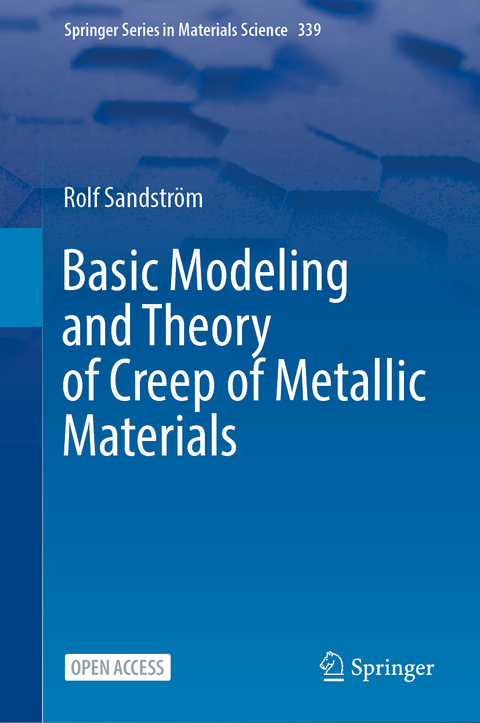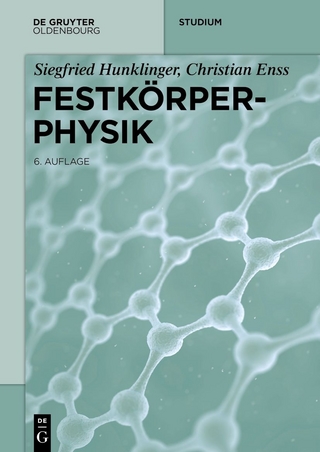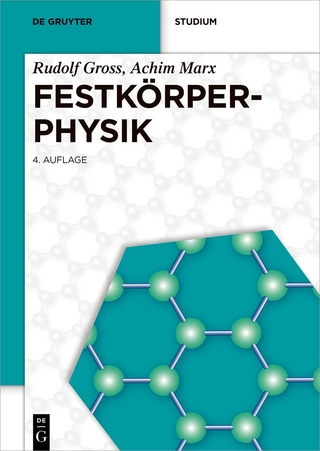
Basic Modeling and Theory of Creep of Metallic Materials
Springer International Publishing (Verlag)
978-3-031-49506-9 (ISBN)
In stark contrast, this book compiles a compendium of models sourced from the scientific literature, meticulously crafted through ab initio methodologies rooted in fundamental physical principles. Notably, these models stand apart by their conspicuous absenceof adjustable parameters. This pioneering effort is envisioned as a groundbreaking initiative, marking the first of its kind in the field. The resulting models, bereft of arbitrary tuning, offer a level of predictability hitherto unattained. Notably, they provide a secure foundation for ascertaining operational mechanisms, contributing significantly to enhancing our understanding of material behavior in high-temperature environments.
This open access book is a valuable resource for researchers and seasoned students engaged in the study of creep phenomena in metallic materials. Readers will find a comprehensive exposition of these novel, parameter-free models, facilitating a deeper comprehension of the intricate mechanics governing material deformation at elevated temperatures.
lt;p>Rolf Sandström, a distinguished Professor Emeritus in Applied Materials Technology at the KTH Royal Institute of Technology in Stockholm, Sweden, has dedicated his recent research endeavors to pioneering the development of fundamental models for mechanical properties. These models, characterized by their unique absence of adjustable parameters and inspired by ab initio methodologies, offer a groundbreaking level of predictability. They enable the precise identification of operational mechanisms and facilitate the extrapolation of findings to diverse conditions.
Sandström's contributions encompass a wide range of critical aspects in materials science, including dislocation creep, solid solution hardening during creep, precipitation hardening during creep, the impact of prior cold work on creep life, primary and tertiary creep, initiation and growth of creep cavities, and the development of cell and subgrain dislocation structures.
The role of fundamental modeling.-Stationary creep.-Stress strain curves.-Primary creep.-Creep with low stress exponents.-Solid Solution Hardening.-Precipitation Hardening.-Cells and subgrains: The role of cold work.-Grain boundary sliding.-Cavitation.-The role of cavitation in creep-fatigue interaction.-Tertiary creep.- Creep ductility.-Extrapolation.
| Erscheinungsdatum | 11.01.2024 |
|---|---|
| Reihe/Serie | Springer Series in Materials Science |
| Zusatzinfo | XIII, 310 p. 161 illus., 154 illus. in color. |
| Verlagsort | Cham |
| Sprache | englisch |
| Maße | 155 x 235 mm |
| Gewicht | 642 g |
| Themenwelt | Naturwissenschaften ► Physik / Astronomie ► Festkörperphysik |
| Technik ► Maschinenbau | |
| Schlagworte | Brittle rupture • Cavitation • Creep with low stress exponents • Dislocation model • Ductile rupture • grain boundary sliding • Hart's criterion • Modelling of subgrain formation • open access • precipitation hardening • solid solution hardening • Stationary creep • Stress strain curves |
| ISBN-10 | 3-031-49506-3 / 3031495063 |
| ISBN-13 | 978-3-031-49506-9 / 9783031495069 |
| Zustand | Neuware |
| Haben Sie eine Frage zum Produkt? |
aus dem Bereich


